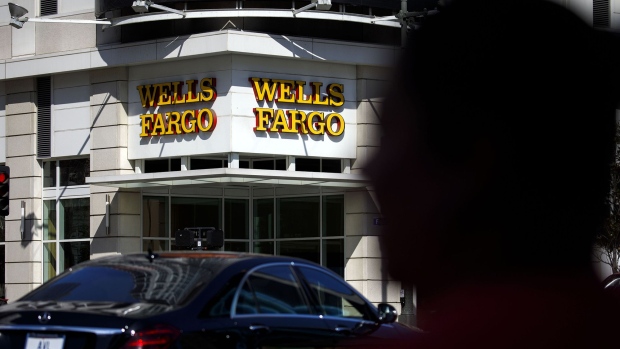Jul 16, 2019
Wells Fargo shares slip as lower rates weigh on lending margin
, Bloomberg News

For Wells Fargo & Co. (WFC.N), the pain of falling rates has already become a reality.
Net interest income, the difference between what the bank charges borrowers and what it pays out to customers with deposits, fell to the lowest since 2016. That brought the net interest margin to a lower-than-expected 2.82 per cent.
Falling interest rates and a Federal Reserve cut that’s probably looming have created concern across Wall Street about how much and how soon banks will suffer. In April, Wells Fargo lowered its NII guidance for the year to a decline of two per cent to five per cent, pushing its stock down at the time.
A bright spot in the quarter: The bank continued to win business from consumers, with primary checking accounts up 1.3 per cent from a year earlier.
Tuesday marks the second consecutive period Wells Fargo has reported results under an interim chief executive officer, Allen Parker, the bank’s former general counsel. He took over in March after Tim Sloan abruptly stepped down, succumbing to political pressure and regulatory dissatisfaction. Wells Fargo’s board is searching outside the bank for its next leader.
Wells Fargo shares fell 0.4 per cent to $46.50 at 8:16 a.m. in New York. They’ve risen 1.4 per cent this year through Monday, compared with the 15 per cent increase in the 24-company KBW Bank Index.
More about Wells Fargo’s second-quarter results:
- The bank’s efficiency ratio, a measure of profitability, improved to 62.3 per cent from 64.4 per cent in the first quarter. Sloan had been targeting 55 per cent to 59 per cent in the long term, excluding litigation costs.
- Non-interest expense fell 4 per cent to US$13.4 billion. After Sloan stepped down, Chief Financial Officer John Shrewsberry reiterated Wells Fargo’s commitment to a non-interest expense target of US$52 billion to US$53 billion for 2019, but deferred to a future CEO on 2020 guidance.
- Revenue was little changed at US$21.6 billion, compared with analyst expectations of a 3 per cent decrease.
- Net income climbed 20 per cent to US$6.21 billion, or US$1.30 per share. Analysts expected a 1.5 per cent increase.


